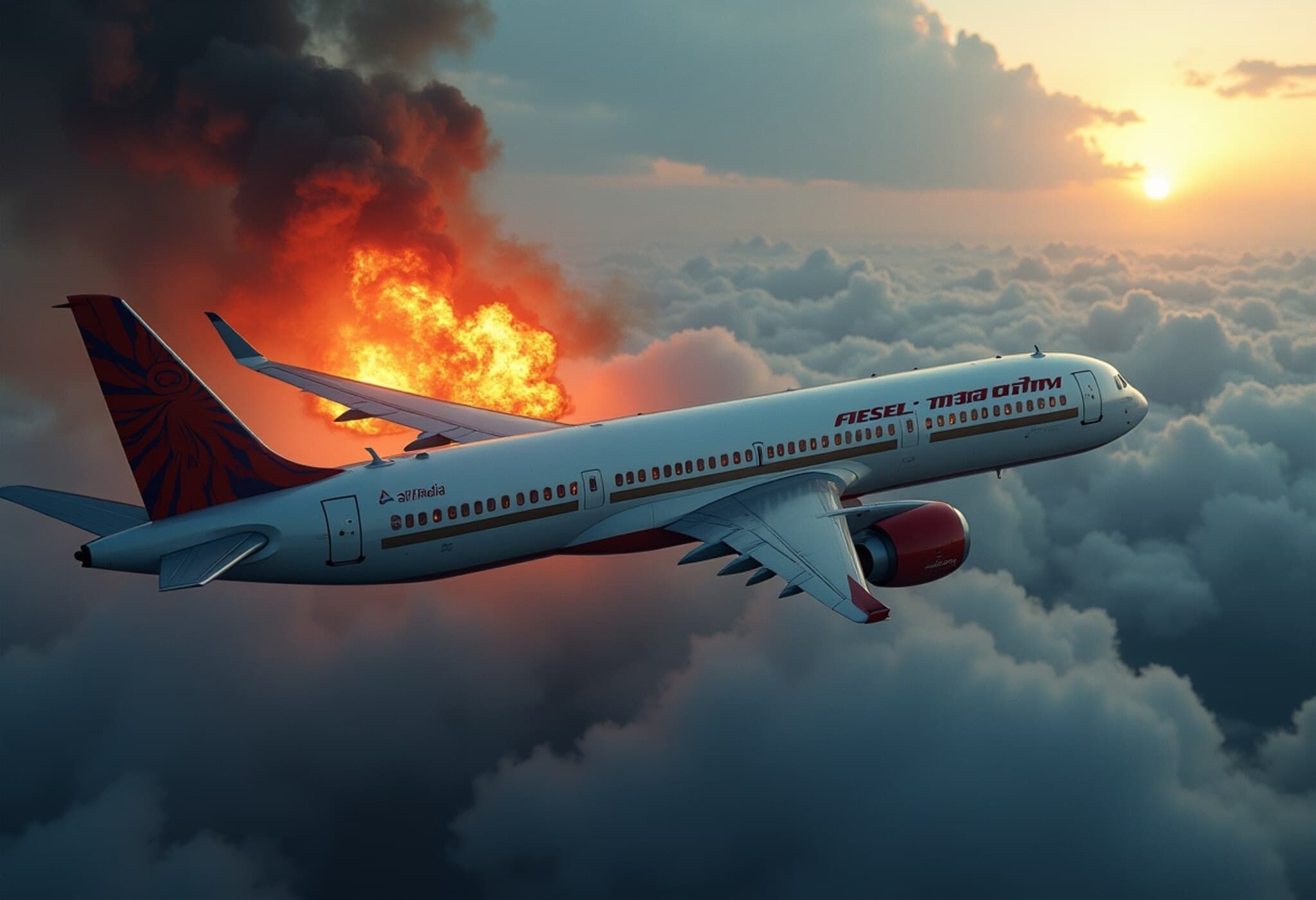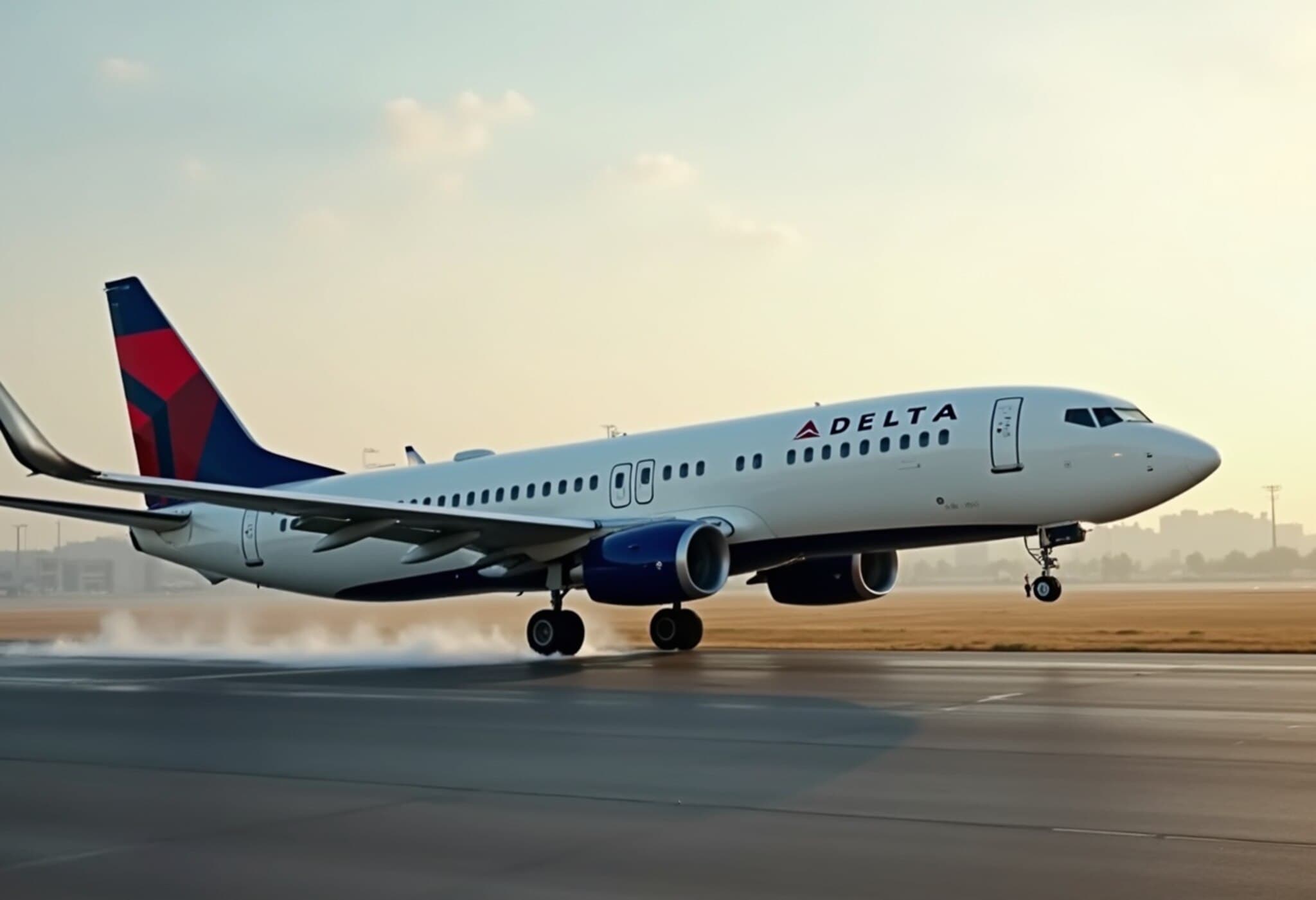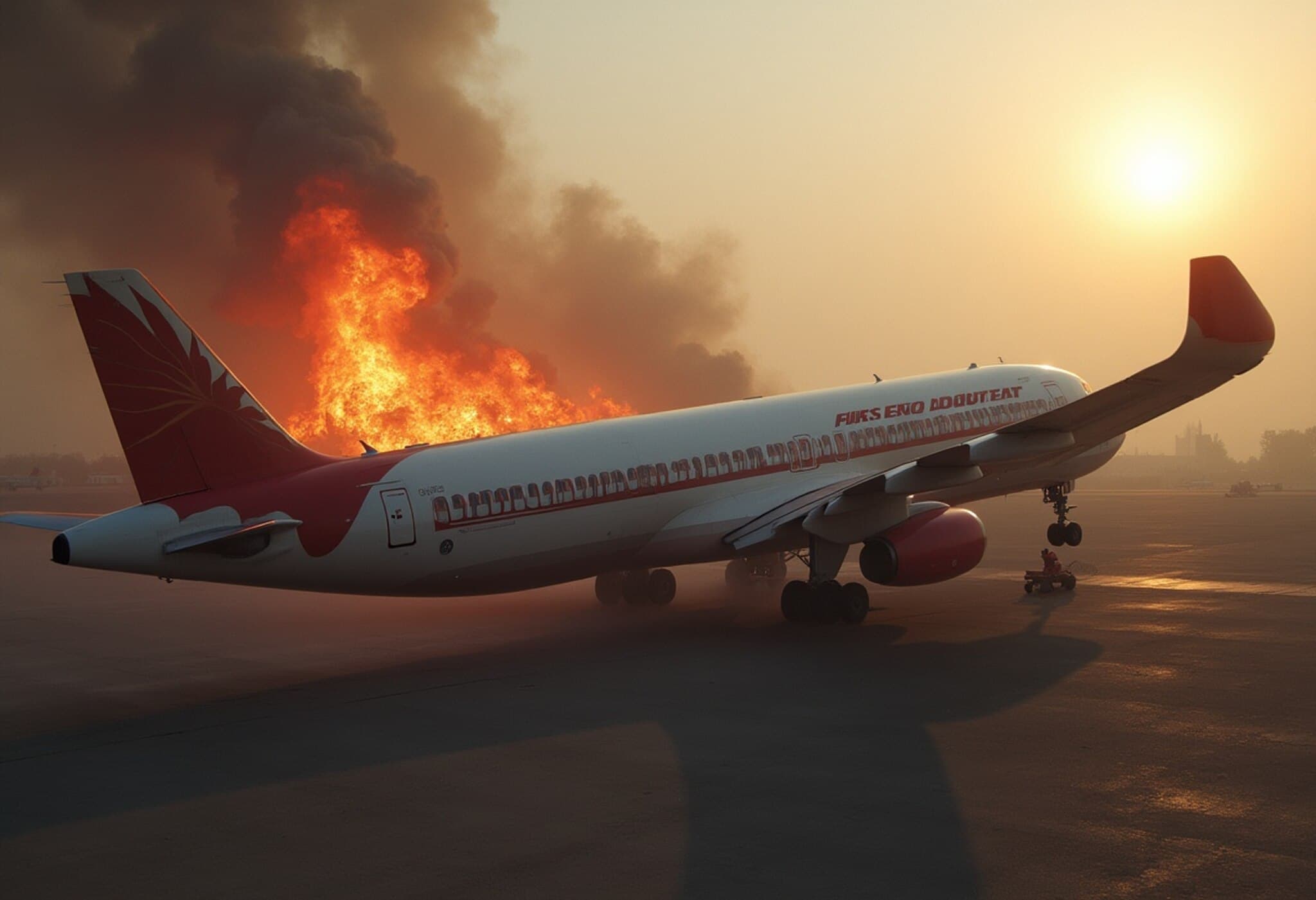Black Boxes Intact: Crucial Breakthrough in Air India Crash Investigation
Investigators probing the devastating Air India flight crash that claimed 260 lives last month have confirmed a significant development: the aircraft’s black boxes—the cockpit voice recorder (CVR) and flight data recorder (FDR)—were recovered intact and contain valuable data. This revelation, disclosed during a parliamentary committee hearing in India, marks a key step forward in unraveling the precise sequence of events that led to the tragic June 12 incident.
Disputing Earlier Reports of Damage
Contrary to earlier media reports suggesting the black boxes were damaged in the fiery crash of the London-bound Boeing 787 Dreamliner, officials from India’s Aircraft Accident Investigation Bureau (AAIB) assured lawmakers that both devices remain undamaged. The CVR was retrieved from a rooftop near the crash site on June 13, followed by the FDR discovery among the wreckage on June 16. Access to intact flight data and cockpit communications is crucial for investigators seeking to reconstruct the moments leading up to the accident.
Dialogue With Lawmakers
During the closed-door session, AAIB officials highlighted the successful extraction of “good data” from the black boxes, an encouraging sign that the investigation can proceed with detailed insights. However, both the AAIB and the Ministry of Civil Aviation have maintained a tight-lipped stance in response to external inquiries, underscoring the sensitivity of the ongoing probe.
Potential Causes Under Scrutiny
The investigation is honing in on critical technical elements, with preliminary focus areas including the operation of the plane’s fuel control switches and an examination of engine thrust management. Aviation experts have speculated around the possibility of inadvertent pilot error, such as mistakenly retracting the aircraft’s flaps instead of the landing gear during initial climb—an error described by seasoned pilot Captain Steve as a “tragic mistake.”
Leadership and Regulatory Challenges
In the aftermath of the crash, Air India has come under intense scrutiny. CEO Campbell Wilson addressed the parliamentary committee, providing updates on the airline’s response and remedial actions. These proceedings come amid broader regulatory concerns, including recent findings by the European Union Aviation Safety Agency (EASA) regarding Air India Express, the airline’s budget subsidiary.
- EASA investigation: The agency plans to investigate Air India Express for reportedly delaying mandatory engine part replacements on an Airbus A320 and falsifying related compliance records.
- Domestic regulatory warnings: India’s Directorate General of Civil Aviation (DGCA) has issued notices to Air India for operating three Airbus aircraft with overdue safety checks on emergency escape slides—violations that could have wider implications for operational safety oversight.
Implications for Aviation Safety and Policy
The Air India disaster and the subsequent investigation spotlight the intricate nexus between operational rigor, regulatory compliance, and corporate safety culture in India’s rapidly growing aviation sector. As the country positions itself among the world’s busiest aviation markets, these findings will have ripple effects across global aviation safety standards and industry accountability benchmarks.
Experts emphasize that while black box data provides an indispensable factual record, it is equally important for investigators to address systemic issues within airline management and regulatory enforcement to prevent future tragedies.
What to Expect Next
Authorities have indicated that a preliminary investigation report on the crash could be published imminently, potentially by this Friday. This report is expected to shed more light on the technical, human, and organizational factors involved. Aviation stakeholders, policymakers, and the public worldwide will be closely watching these developments.
Editor’s Note
The recovery of intact black boxes in the Air India crash investigation offers a rare and vital opportunity to uncover what truly went wrong on that fateful day. Beyond the technical details, this incident raises pressing questions about the broader aviation ecosystem—how regulatory lapses, maintenance standards, and airline oversight intersect to impact passenger safety. Readers should consider how such tragedies illuminate the ongoing challenges in balancing rapid industry growth with uncompromised safety protocols, both in India and globally.
Future coverage will benefit from monitoring how these findings translate into concrete reforms, enhanced regulatory vigilance, and cultural shifts within airlines. The human cost of air disasters demands that lessons be learned not just from the black boxes, but from the entire aviation safety framework.



















